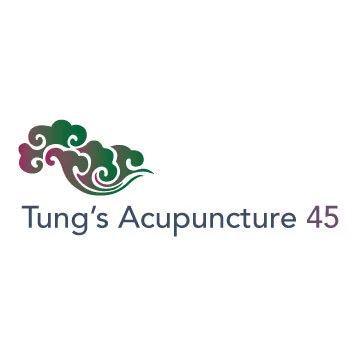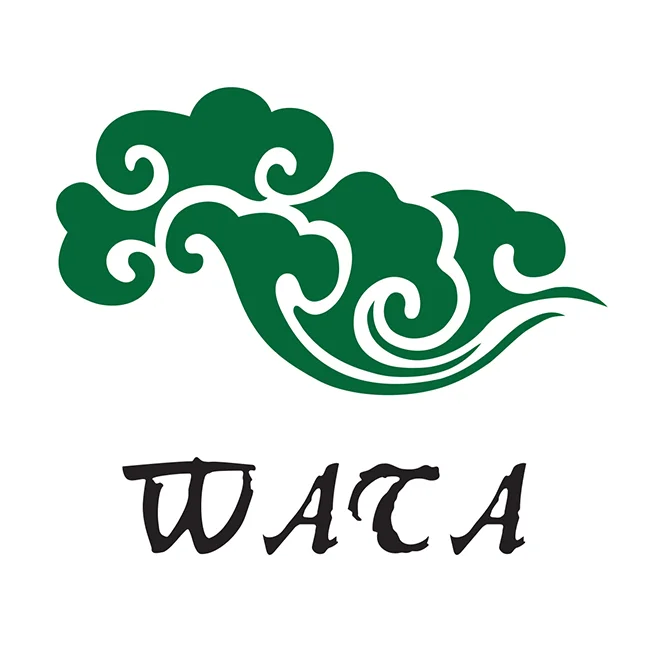6. Does the location of the extraordinary point Huofuhai (33.07) match that of the Shousanli (LI10)? Do the point name and the location have any special implication or meaning to the treatment?
/From the direct perspective (view) the Huofuhai point does not fall on the location of the Shousanli (LI10). But it does overlaps onto the Shousanli (LI10) with its particular way of locating the point. Its indications and functions listed in Master Tung’s book also match those of the Shousanli (LI10). “Huofu”, literally “fire fu-viscera”, indicates Sanjiao fu-viscera. The point is defined on the Sanjiao channel, but is located with the arm twisted and then falls onto the Large Intestine channel and matches the Shousanli point. Master Tung’s original book lists that its major indication is to supplement or tonify, and functions same as Zusanli (ST36) if moxibustion is performed. The point is located at the region with abundant and thick muscles and hence is named “Hai (sea).” Master Tung’s book indicates the location of the point as “the flesh bulges when pressure is applied, at the border of the protuberant flesh (of the radius.)” The “flesh bugles” indicates that the abundance of the flesh on the location. The site with abundant flesh will be able to treat spleen-stomach related disorders, and functions to supplementing qi. “The border of the protuberant flesh” indicates the point is related to sinew. The differences between the sinew and flesh have been explained in details in the Advanced Tung’s Acupuncture Seminar. They are involved with the applications and elucidations of the five-body-tissue needling method (Body Correspondence Needling Method). Here I would point out some key points. First, Jin is the flesh that can generate strength. According to the explanation in Shuo Wen Jie Zi (Explaining Simple and Analyzing Compound Character), it says Ji is Roe (flesh). As for Jin, it says Jin is the strength of Roe (flesh). Secondly, Jin (sinew) is the stripe-shaped flesh, for example, Zhenjin (77.01) and Zhenzhong (77.02) points. Thirdly, Jin (sinew) refers to the particularly bulged muscle/flesh. Juong Roe refers to the particularly bulged big muscle. For example, deltoid muscle, triceps brachii, gastrocnemius, those chunky shaped muscles belong to this category. Huofuhai point is located on the border of the protuberant flesh, a particularly bulged flesh. Hence, it is able to treat tendon/sinew related disorders according the “sinew treats sinew.” And in fact it treats both sinew/tendon and flesh simultaneously. It is superb effective in treating tennis elbow if combined with posterior Quchi (posterior LI11) which treats bone particularly. Besides, Huofuhai point although is defined on the San Jiao channel, instead it is located on the large intestine channel. Hence, it treats both Shaoyang (Sanjiao) and Yangming (large intestine) simultaneously. Yangming channels are with abundant qi and blood; and hence this point is very good at regulating qi and blood.











今年 2020 為 董公景昌博士逝世45週年,為紀念 董公傳授絕學之用心,讓董氏針灸更加發揚,特舉董景昌逝世四十五週年紀念學術大會。